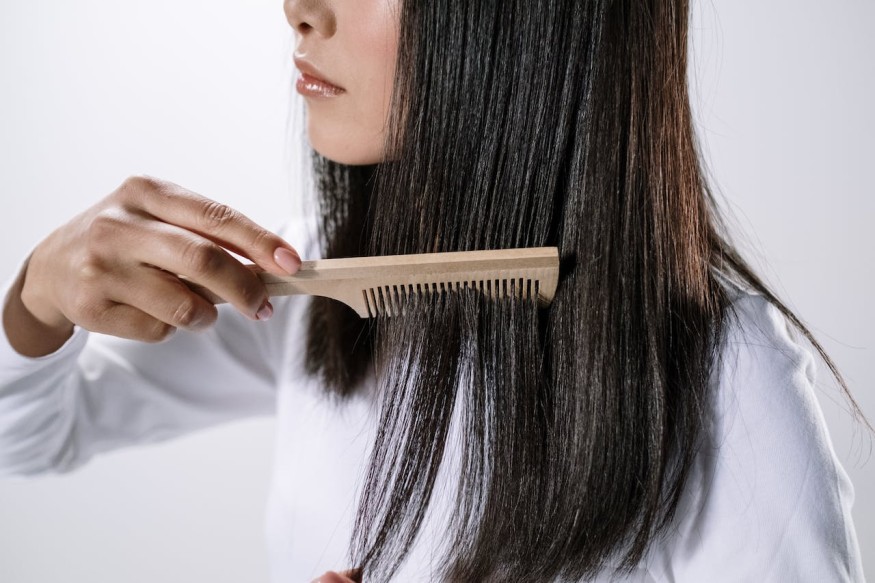
It is the general belief that lice prefer hair that is unwashed, but is this really the case?
Hair Cleanliness and Lice
In reality, there is actually no association between personal hygiene and lice. The presence of lice in the hair or any other body part does not signify a cleanliness issue.
Though there are insects that prefer places that are unclean, this is not true for parasitic head lice. These parasites are blood-consumers that can be acquired by anyone. Experts say that whether the hair is recently washed or not does not make much of a difference.
Lice Spread
According to estimates, there are around 6 to 12 million lice infestations that affect kids aged 3 to 11 years old across the US. Though anyone may experience head lice infestation, these parasites tend to affect children more frequently compared to adults. This could be due to the close play of children, wherein their heads may touch each other. This allows lice to travel from one scalp to another.
Infestations are also more prevalent among females, which could be because girls have a higher likelihood of playing with close head-to-head proximity. The length of hair does not affect one's risk of getting infested with head lice.
Head Lice Prevention
While lice are not particular with the frequency of hair washing, there are still other ways to prevent getting infested by these parasites. For one, it is crucial to avoid getting proximate head-to-head contact. It is also best to avoid sharing brushes, combs, clothing, or other accessories that touch the hair, as these items could also be a source of transmittal.
Spread can also be prevented by avoiding laying over communal pillows, beds, couches, and stuffed items. It is also recommended to regularly wash clothing, dry beddings, and other items. Vacuuming the floor and furniture could also help hamper the spread of these pests.
Head Lice Treatment
As for treatment, washing the hair with shampoo will not kill the lice. It is necessary to use a special lice treatment in order to properly address this concern.
The Food and Drug Administration offers over-the-counter medications for lice infestation. These include Permethrin 1% (Nix) and Pyrethrins and piperonyl butoxide (Pronto, Rid). The former is safe for children of every age, including babies over two months. On the other hand, the latter works for children who are at least two years old. However, this option should be avoided if one has allergies of ragweed or chrysanthemums.
Both OTC treatments can kill actual lice but not eggs that are yet to hatch. Having a second treatment around a week after getting the first one could kill lice that are newly hatched.
There are also prescription treatments for head lice, including Ivermectin 0.5% (Sklice) and Benzoyl alcohol 5%.
Home remedies, such as manually combing the parasites using a comb with fine teeth or that is specially designed for lice, can also work. Lice and nits may also be captured when olive oil is applied to the hair.
It may be necessary to do this regularly, every two to three days, until all the lice and nits are gone. However, experts note that these remedies may not be sufficient treatment on their own.
Check out more news and information on Medicine & Health in Science Times.
© 2025 ScienceTimes.com All rights reserved. Do not reproduce without permission. The window to the world of Science Times.












